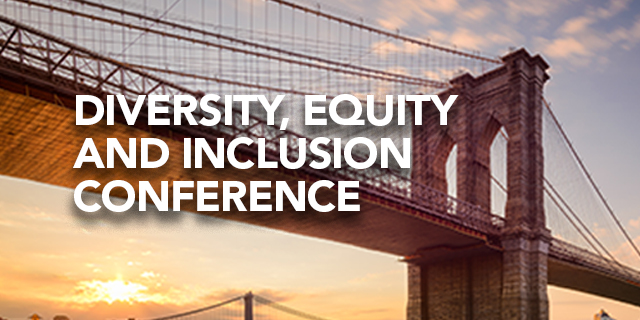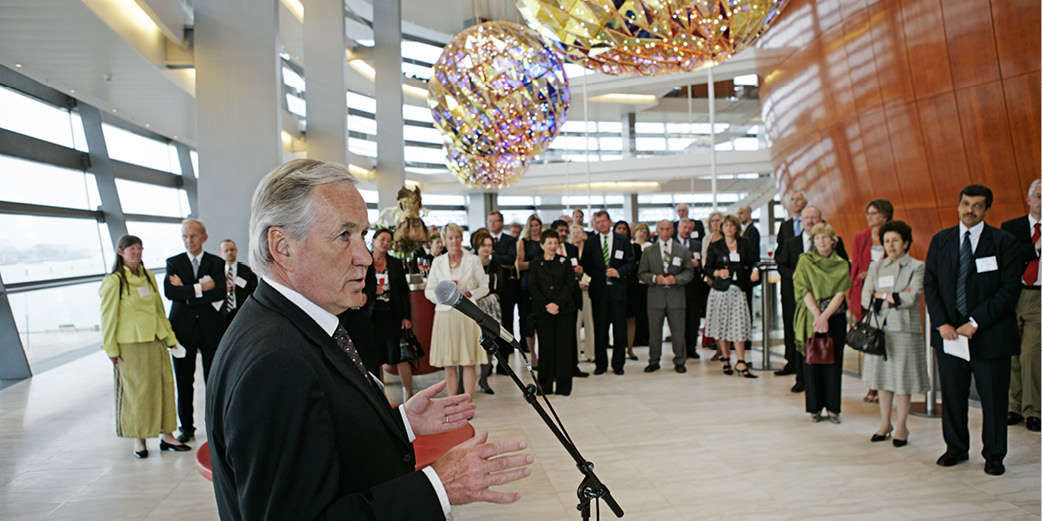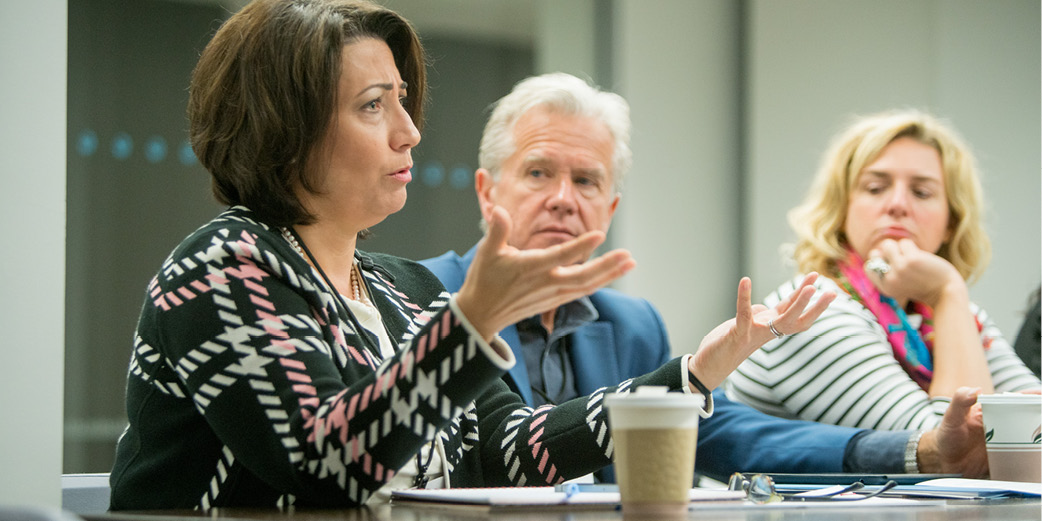How an American Express Executive Drives Growth
11 Mar. 2014 | Comments (0)
![]()
As group president of enterprise growth at American Express, Dan Schulman is trying to expand the brand to serve non-affluent customers who he says are paying too much for existing financial services. Prior to joining American Express in 2010, Schulman was CEO of Virgin Mobile and Priceline. Excerpts:
HBR: Why did you decide to come to Amex?
Schulman: The global head of human resources at American Express was on the board at Virgin Mobile, where I was CEO. After we sold Virgin Mobile to Sprint, he suggested I talk to Ken Chenault, the CEO of American Express. In our first meeting, Ken talked about all of the changes that could potentially sweep through the financial services industry. Specifically, he saw that the advent of digital technologies was going to fundamentally alter the way people conduct commerce, pay for things, and manage and move their money. Ken believed that bringing in somebody who had experience in mobile, software, and telecom—and who could come to the payments industry with a fresh eye and really think about things without any of the history—would be helpful to American Express. For me, it was a great opportunity to leverage an iconic brand and some incredible assets to try to imagine what a new future of financial services might look like.
What have you accomplished so far?
It’s important to understand the context. Three years ago there was a lot of hype around how people were going to start utilizing their smartphones as a payment method—you’d tap your phone at the point of sale to make a payment. It was a technology-driven form factor. Instead of thinking about technology for technology’s sake, we studied the real consumer pain points in the market. There’s a group that we call the “new middle class”—it consists of 100 million Americans, and 2.5 billion people across the world, who live on the edges of the financial system. They’re unbanked or under-banked or, as we call it, unhappily banked. The things we take for granted—cashing checks, paying bills, putting money away in savings—are incredibly difficult for them to do. There’s a saying that “It’s expensive to be poor,” and it really applies to these segments of the market. My team and I tried cashing checks at check-cashing places, and paying bills by money order. It’s incredibly inconvenient and time-consuming—it’s practically a part-time job just to manage and move your money.
One way we tried to address this is with a product called Bluebird that we launched in partnership with Walmart. It’s an alternative to traditional banking products and is built on our Serve software platform that allows people to load money into a digital account in any of 15 different ways. You can direct deposit a portion of a paycheck. You can make deposits at Walmart cashiers. You can take a photo of a check and deposit it. Once you have money on our digital platform, it works as a prepaid card. You can buy goods online and offline. You can withdraw cash from ATMs, many of which don’t charge a fee. You can pay bills. You can set up a savings plan. We have over 1 million Bluebird accounts, and over $1 billion has been loaded onto this product. More than 85% of Bluebird customers are new to American Express, and half are under age 35. So it is expanding our franchise. We are moving from being an “exclusive” to an “inclusive” brand.
American Express CEO Ken Chenault describes your unit as a start-up within the company. What’s the key to succeeding as an entrepreneurial unit in an older business?
I’d offer two key lessons. First, don’t define the battle as “old” versus “new.” Too many people go into existing organizations and define success as recreating what is there. To be successful as a startup organization within a large, established culture, you really need to think about how you leverage the assets that are there. For us, it’s our network, our relationships with merchants, and our fraud and risk capabilities. The power of being a startup within a big company is that you can take advantage of those resources and assets.
The second thing is you need to bring in new talent sets. For us, it was really thinking about software as the priority going forward. The products of our future are all based on software platforms, and the cards are really access devices to those software platforms. So we needed to bring in people who really understood software platforms, and team them up with people who understood the legacy systems of American Express. If you can attract new talent, and blend it with the existing talent, that can be very powerful.
Often new growth initiatives wind up disrupting the larger existing business. Is that the case with your organization?
In many ways, what we’re working on will really strengthen our existing business of affluent card members. If you think about our business as software platforms, you can imagine new ways of using things like Membership Rewards points. With the right software, you can utilize them as a virtual currency that you could use for everyday purchases. Most American Express members think of their rewards points as something to use for travel (primarily airlines or hotels), but now you can swipe your card and use Membership Rewards points for a taxi ride in New York City, or for shopping on Amazon. So we are not only working to address new segments of the market, we’re also seeking ways to put more volume on our existing assets and reinforce our value proposition for existing customers.
Target recently became the latest company to suffer from a large-scale breach of financial data. How are stories like this one changing the way customers think about their relationship with financial services providers?
In addition to my job at American Express, I’m also chairman of the board of Symantec, one of the leading players in anti-virus and cyber-crime prevention software, so I know firsthand just how sophisticated many of these attacks can be. I do think that in a digital future, consumers will increasingly turn to brands that they trust. Trust, security, and service are even more important in a digital world. At American Express, having 60 years of experience in fraud and risk management is something that we’re really leveraging in our platform. It’s going to be a bigger and bigger issue as we move more of our lives online.
This blog first appeared on Harvard Business Review on 1/20/2014.
View our complete listing of Leadership Development blogs.
-
About the Author:Dan McGinn

Dan McGinn is a senior editor at HBR.












0 Comment Comment Policy